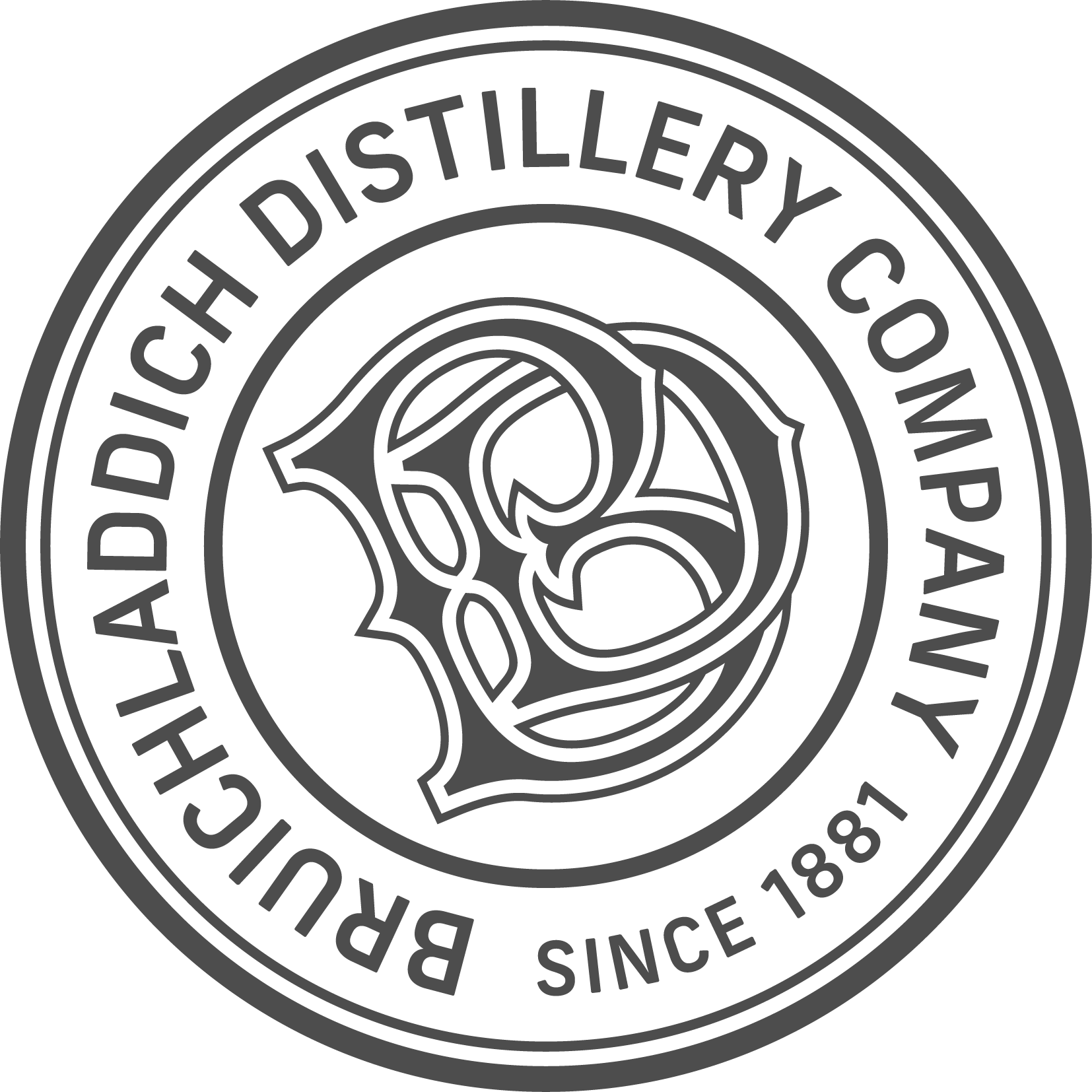The heads of the cask are carefully selected by the cooper as they must fit perfectly. Astonishingly, freshwater reeds are still used today – fitted in the slot between the head and body of the cask to function like a gasket, swelling when in contact with liquid to prevent leaks.
The cask must pass both a hoop test to ensure the hoops are on snug, and a pressure test to make sure it’s watertight. The pressure test is done by driving air at 16 psi plus two litres of water into the bunghole. If the cask fails either test, the cooper has to make further repairs. As he’s only paid once per cask, he’s incentivised to get it right the first time. One can imagine the frustrations this must present an apprentice in his first few years. An experienced cooper, however, can complete about 25 to 30 casks a day. Speyside’s own David McKenzie holds the Guinness World Record for the fastest-built 190-litre barrel: three minutes and three seconds.
Our guide, Lynda, puts in several encouraging calls for female apprentices during the tour, saying she’d love to see a woman on the floor. I toy with the idea momentarily, but merely watching these coopers at work rolling 50-kilo casks and swinging two-kilo hammers about all day gives me sympathy aches. I can only imagine how they must feel at the end of their shift. (Although, Lynda does tell us that some of the younger ones go to the gym after work for “resistance training”.)
For those of you whisky lovers who have never visited a cooperage, I can thoroughly recommend it for the opportunity to experience the craftmanship behind the barrels we covet so much. Until then, the next time you pour yourself a dram, raise it to the coopers whose sweat and skill have gone into shaping time.







